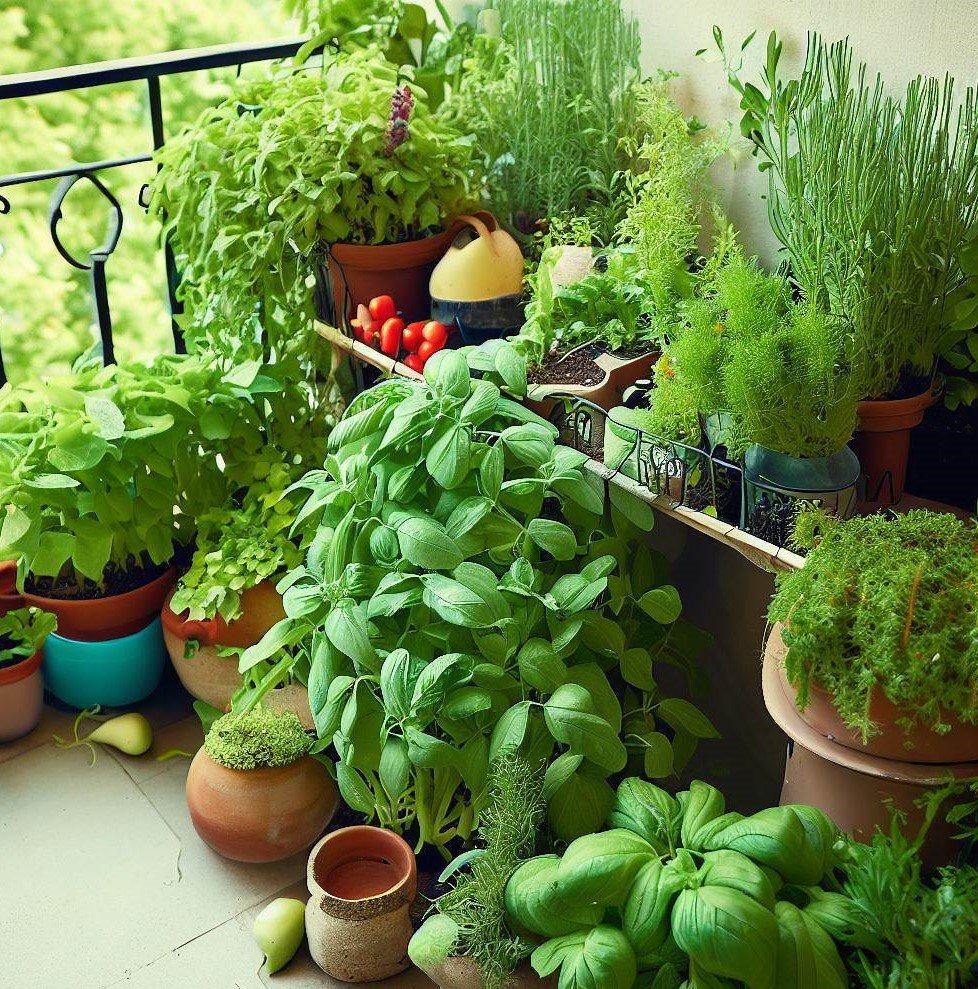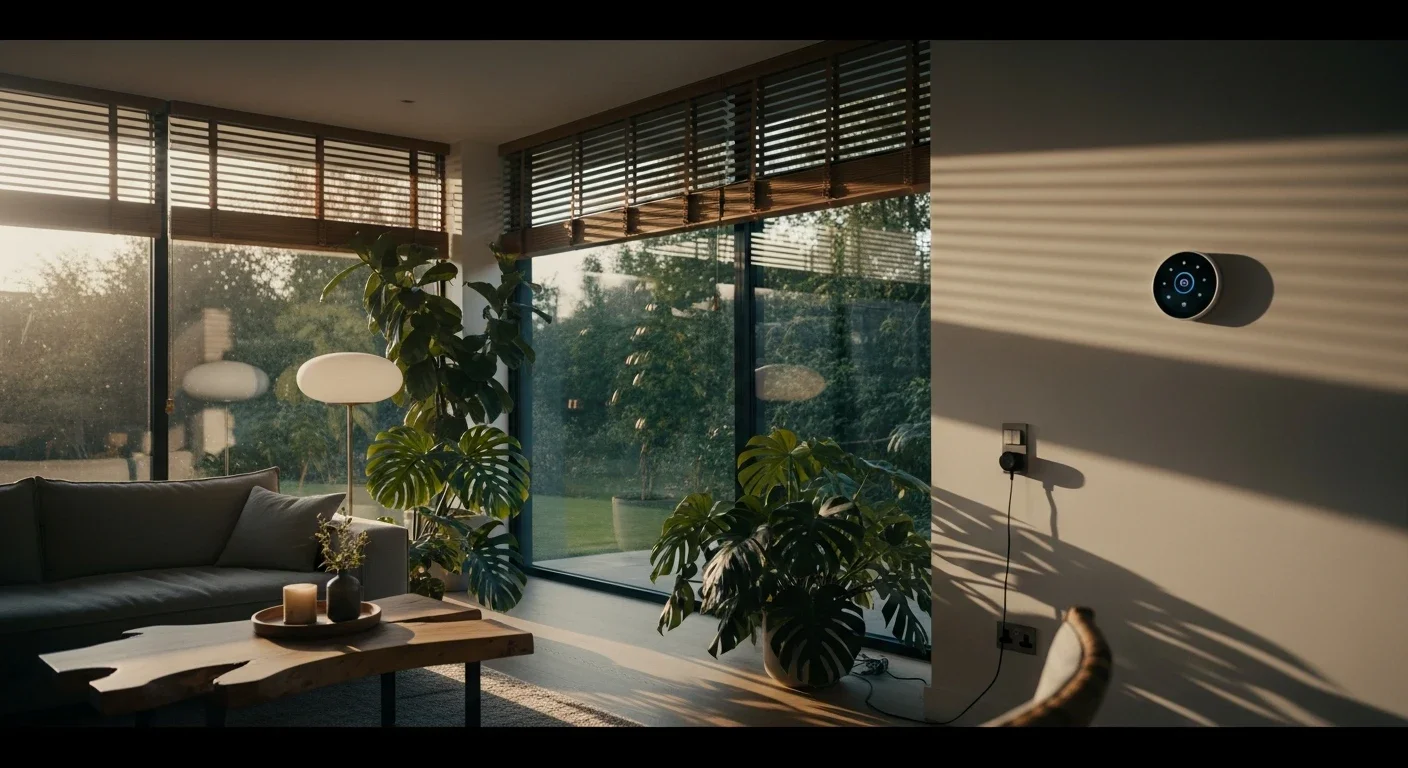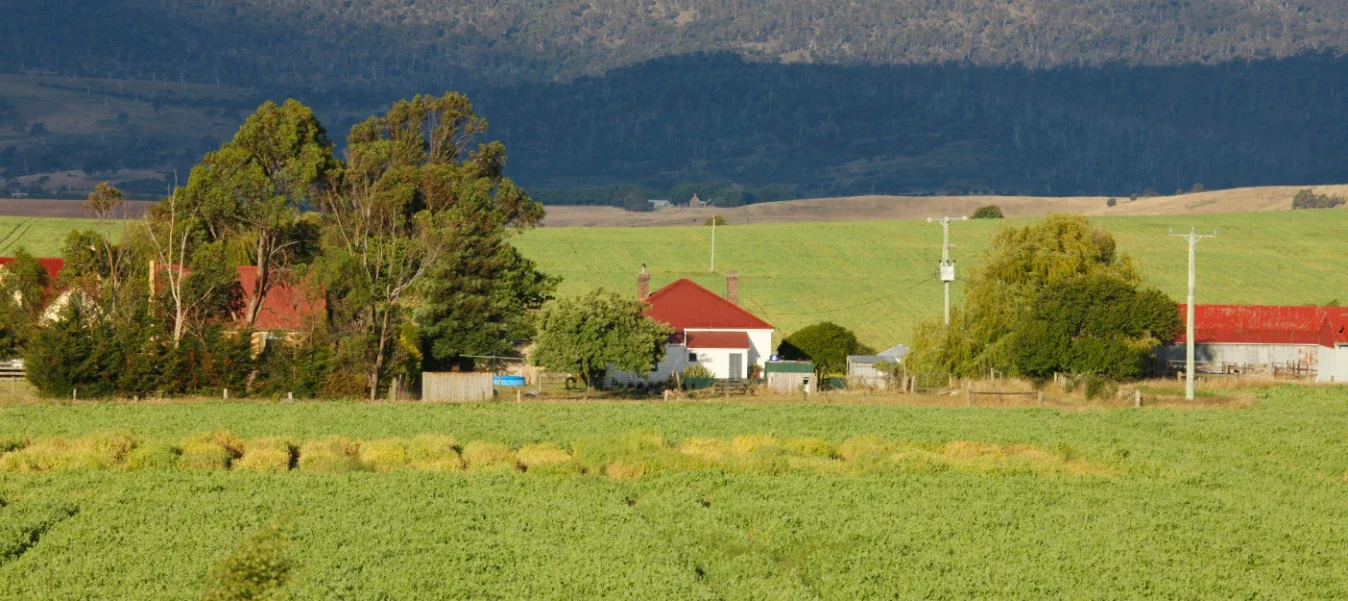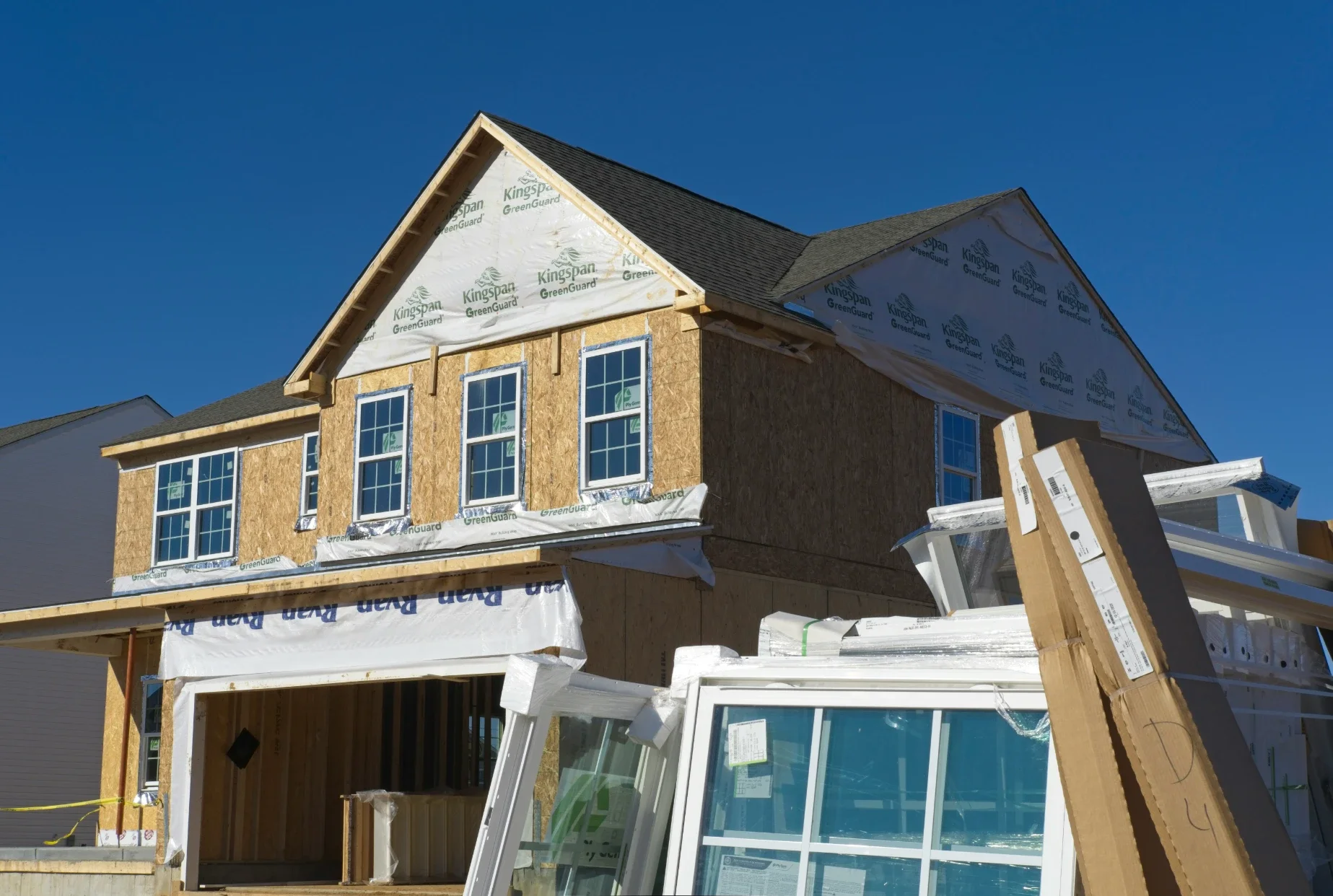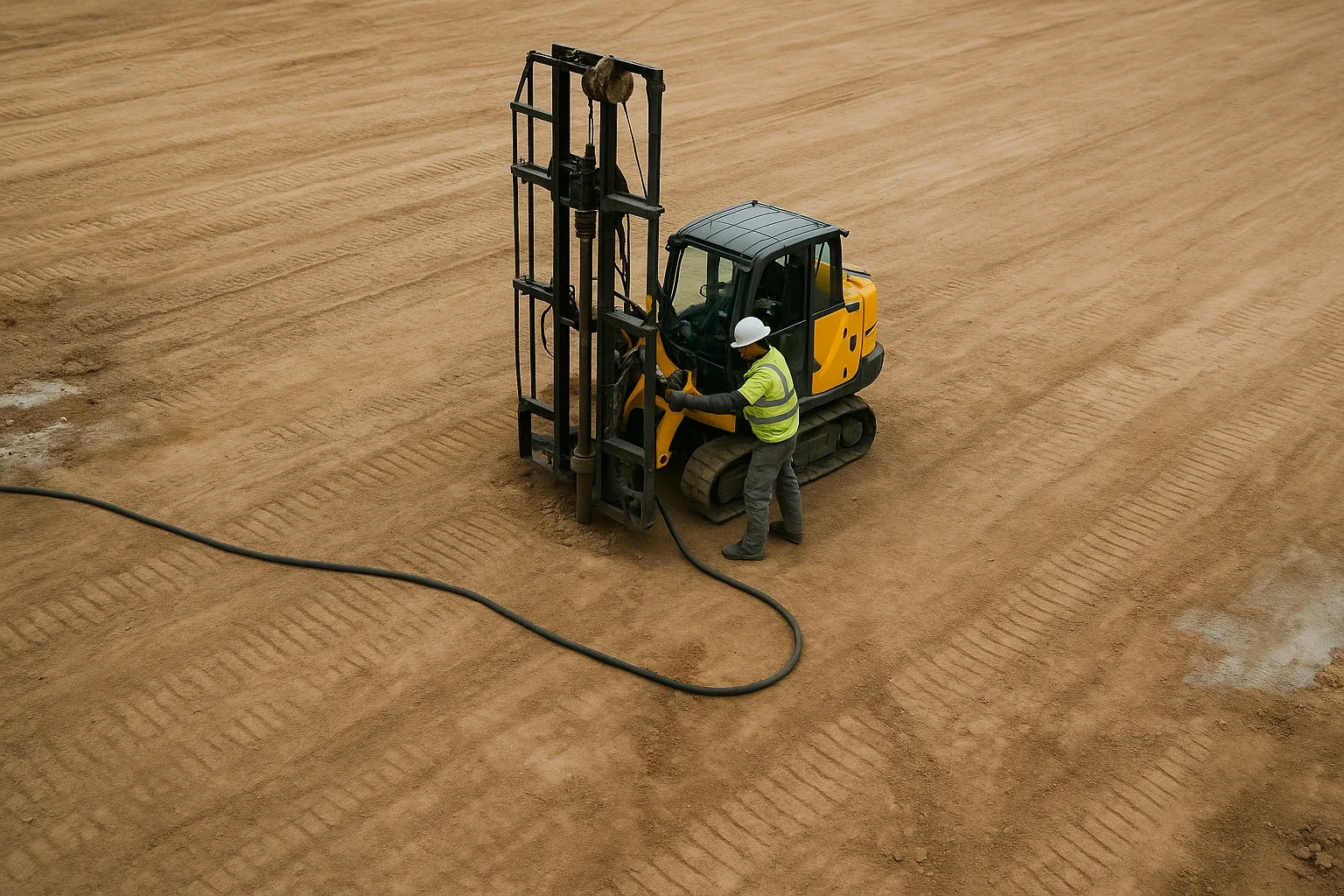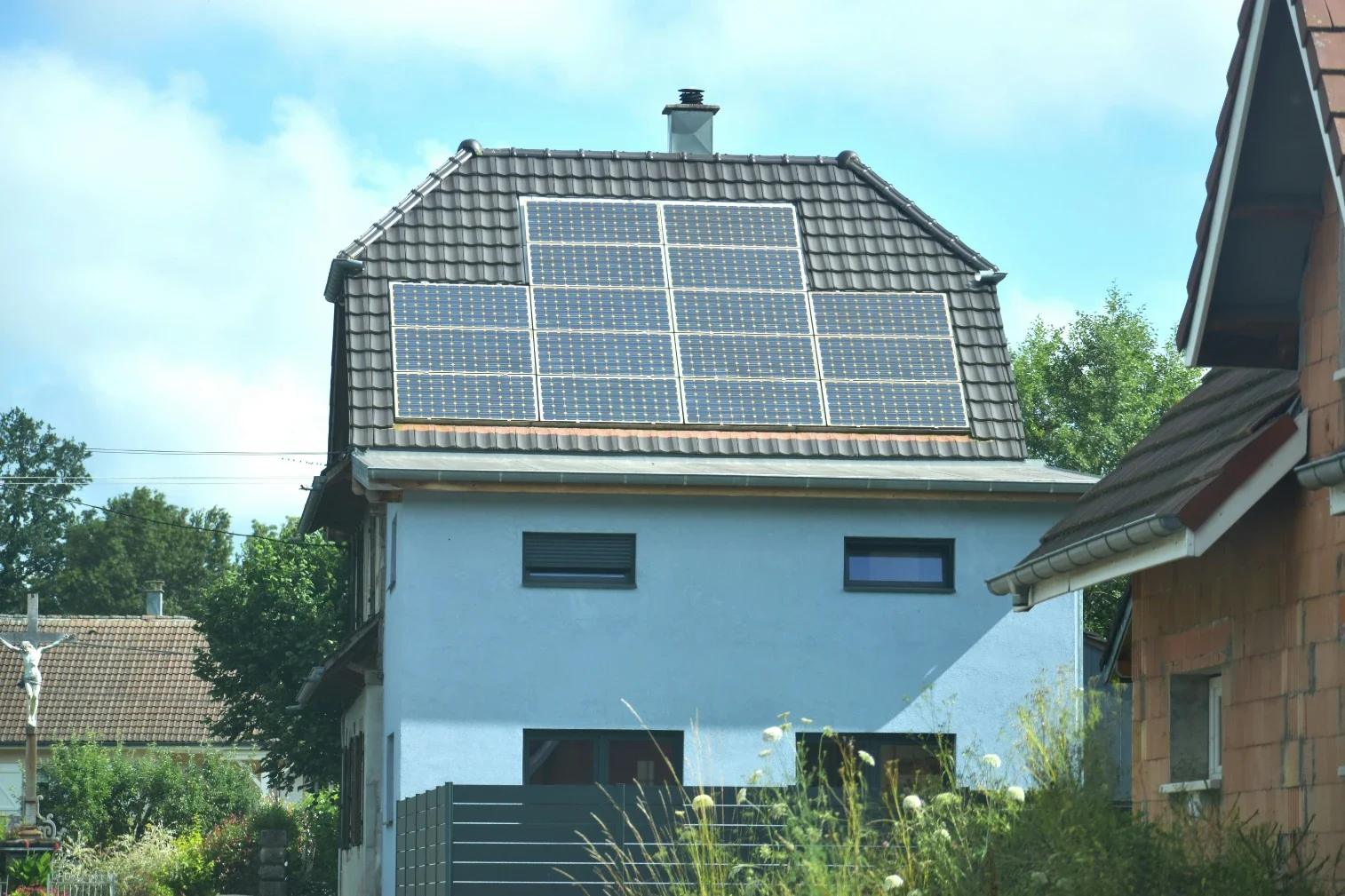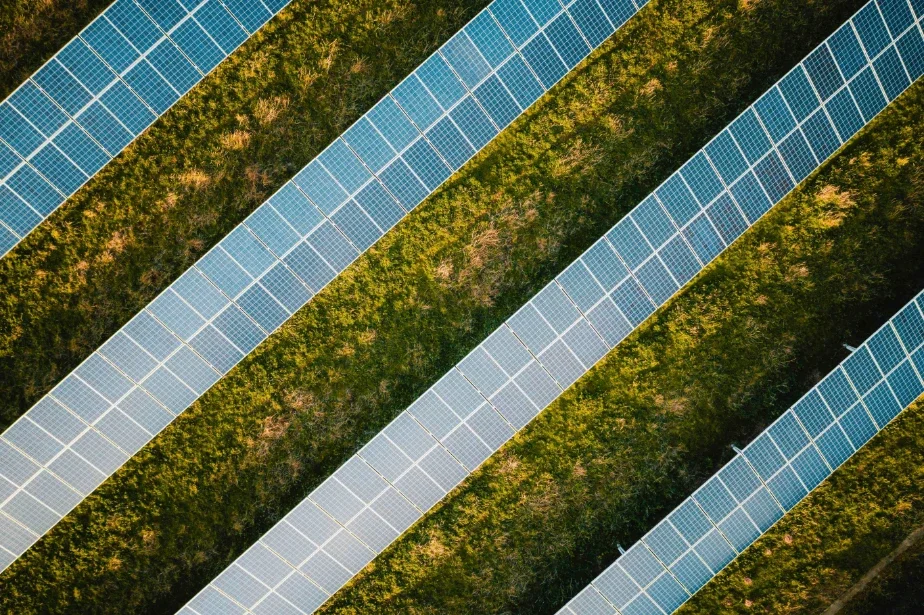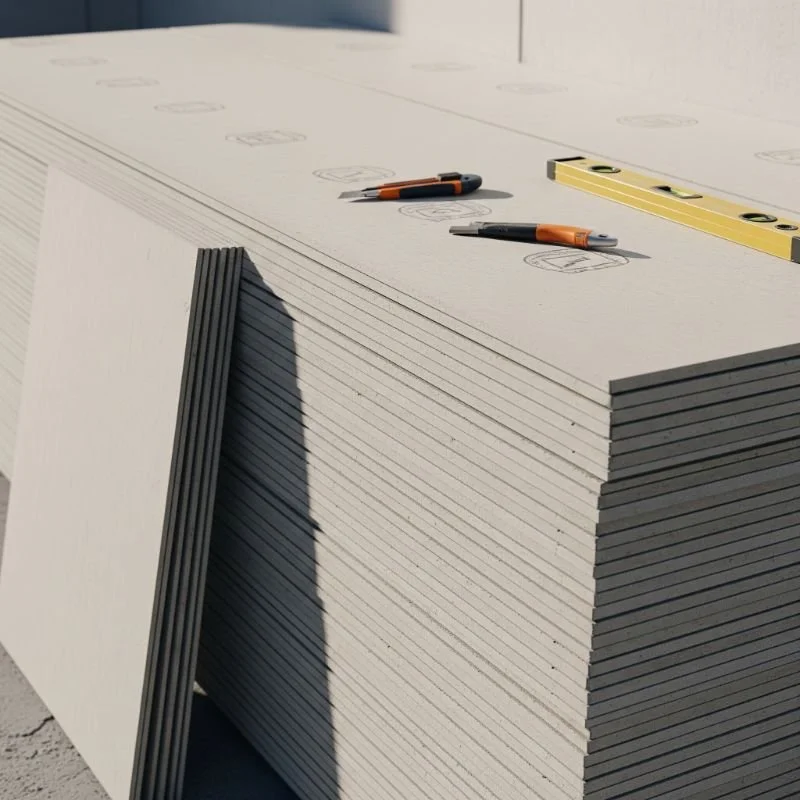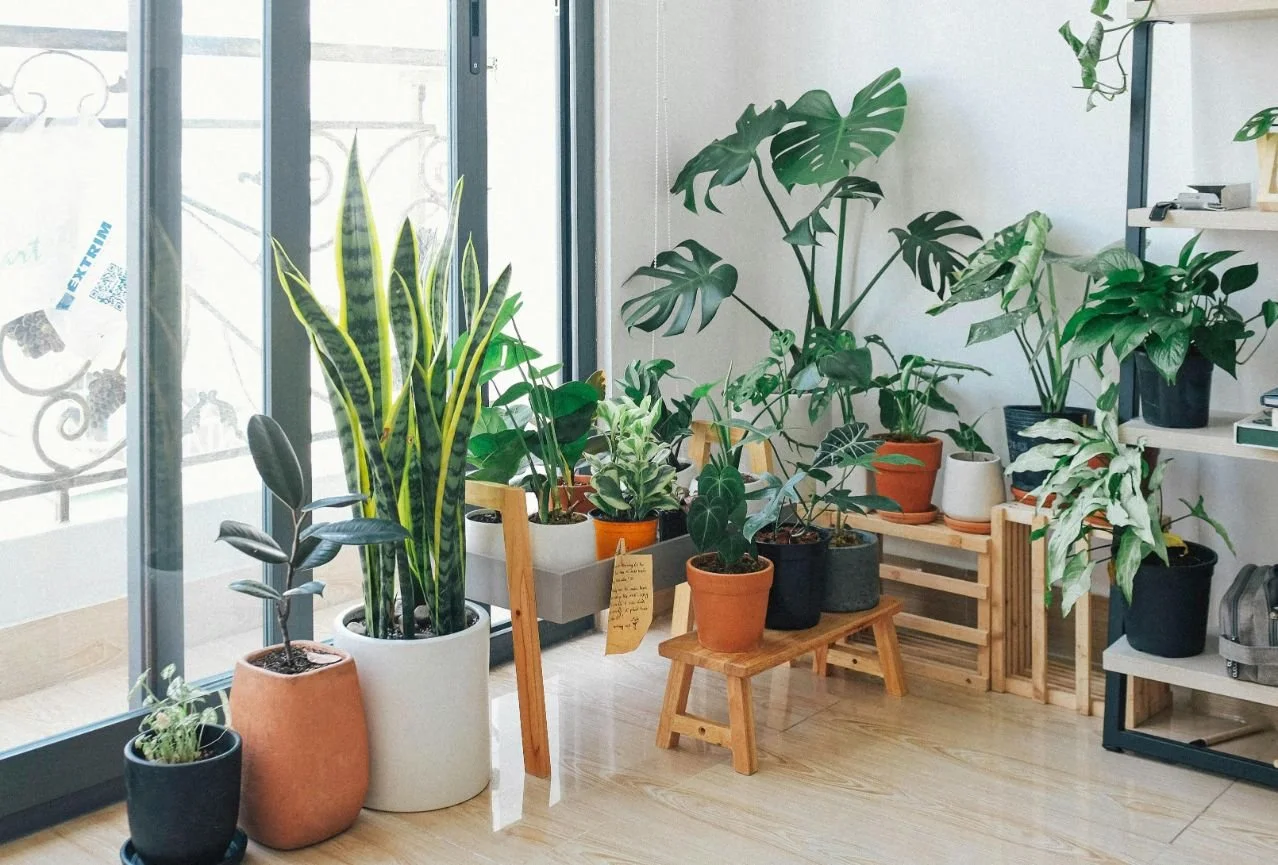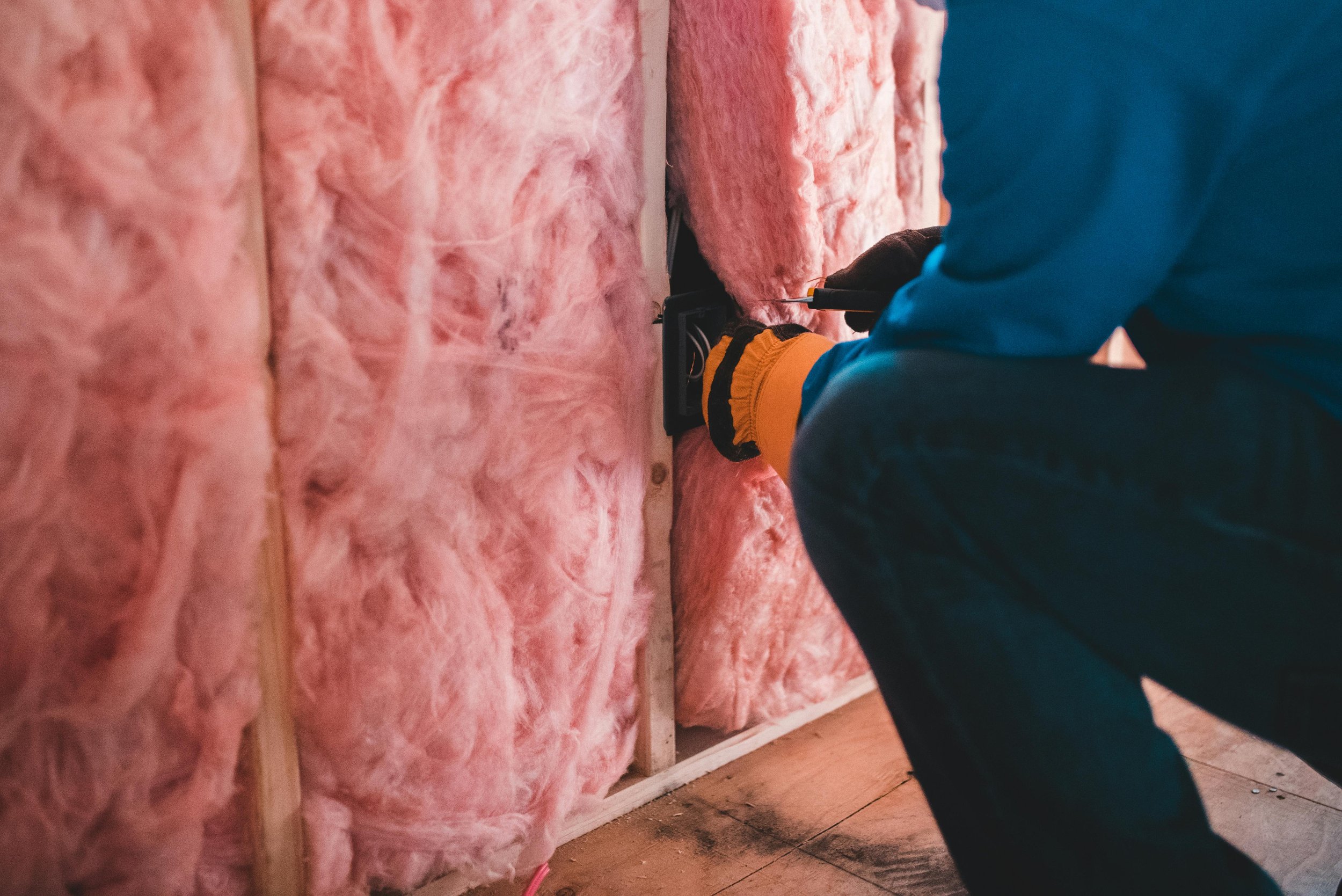Thriving Sustainably on a Shoestring: Embracing Eco-Friendly Living on a Budget
Discover practical tips and creative strategies for adopting a sustainable lifestyle without breaking the bank. This article explores how you can make eco-friendly choices, reduce waste, save money, and embrace sustainable living on a budget. From energy-efficient upgrades to DIY projects and mindful consumption, learn how to create a greener and more affordable future for yourself and the planet.
A small balcony garden with herbs and vegetables growing in containers, showcasing urban gardening on a shoestring and the possibilities of growing your own food in small spaces.
Introduction:
Living sustainably doesn't have to be reserved for the wealthy. In fact, adopting an eco-friendly lifestyle can often lead to significant cost savings in the long run. By making conscious choices and implementing creative strategies, you can thrive sustainably even on a tight budget. This article is your guide to embracing sustainable living without breaking the bank. We'll explore practical tips, budget-friendly solutions, and DIY projects that will empower you to reduce your ecological footprint and save money along the way. Get ready to embark on a journey towards a greener, more sustainable future—without compromising your financial well-being.
Outline
Understanding Sustainable Living: A Mindset Shift
Energy Efficiency on a Budget: Minimizing Your Carbon Footprint
DIY Green Solutions: Embracing the Power of Upcycling and Repurposing
Budget-Friendly Eco-Friendly Home Essentials: Essentials for Sustainable Living
Mindful Consumption: Making Informed Choices for a Greener Future
Sustainable Transportation: Navigating the Roads with a Lighter Footprint
Eco-Friendly Eating: Nourishing Yourself and the Planet on a Budget
Low-Cost Water Conservation: Preserving Our Most Precious Resource
Urban Gardening on a Shoestring: Growing Your Own Food in Small Spaces
Thrift Shopping and Second-Hand Delights: The Joy of Sustainable Fashion
Sustainable Cleaning and Personal Care: Non-Toxic Alternatives on a Budget
Community and Collaboration: Embracing the Power of Shared Resources
Financial Benefits of Sustainable Living: Saving Money in the Long Run
Teaching Kids about Sustainable Living: Raising the Next Generation of Eco-Warriors
Overcoming Challenges: Nurturing Your Sustainable Journey on a Budget
Thriving Sustainably on a Shoestring: Embracing Eco-Friendly Living on a Budget
1. Understanding Sustainable Living: A Mindset Shift
Sustainable living begins with a mindset shift—a conscious decision to prioritize the well-being of the planet and future generations. Explore the core principles of sustainable living, from reducing waste and conserving resources to embracing mindful consumption and making eco-friendly choices.
2. Energy Efficiency on a Budget: Minimizing Your Carbon Footprint
Reducing energy consumption is a crucial aspect of sustainable living. Discover practical and affordable ways to increase the energy efficiency of your home. From sealing air leaks and insulating to upgrading to energy-efficient appliances and embracing smart technologies, learn how to save money on your energy bills while reducing your carbon footprint.
A close-up of energy-efficient LED light bulbs illuminating a room, showcasing the concept of energy efficiency on a budget and the importance of minimizing your carbon footprint.
3. DIY Green Solutions: Embracing the Power of Upcycling and Repurposing
Unleash your creativity and embrace the power of upcycling and repurposing to reduce waste and save money. Discover DIY projects that transform everyday items into new, useful, and beautiful creations. From repurposing glass jars to creating furniture from pallets, there are countless opportunities to give new life to old items and reduce your impact on the environment.
A person upcycling an old wooden pallet into a stylish piece of furniture, exemplifying the power of DIY green solutions and embracing upcycling and repurposing.
4. Budget-Friendly Eco-Friendly Home Essentials: Essentials for Sustainable Living
Creating a sustainable home doesn't have to be expensive. Explore essential eco-friendly products that are both budget-friendly and kind to the planet. From reusable bags and eco-friendly cleaning supplies to energy-saving light bulbs and water-efficient fixtures, discover the must-have items for a sustainable home that won't break the bank.
A collection of eco-friendly home essentials, including reusable bags, glass jars, and stainless steel water bottles, representing the budget-friendly essentials for sustainable living.
5. Mindful Consumption: Making Informed Choices for a Greener Future
Mindful consumption is the key to reducing waste and embracing a more sustainable lifestyle. Learn how to make informed choices when it comes to shopping for food, clothing, and household items. From buying in bulk and choosing sustainable materials to supporting local businesses and reducing single-use plastics, small changes in your shopping habits can have a significant positive impact on the environment and your wallet.
6. Sustainable Transportation: Navigating the Roads with a Lighter Footprint
Transportation is a significant contributor to greenhouse gas emissions. Explore budget-friendly ways to reduce your carbon footprint when getting around. From opting for public transportation, cycling, or carpooling to maintaining your vehicle for optimal fuel efficiency, discover sustainable transportation options that save you money while protecting the planet.
A cyclist riding a bike on a dedicated bike lane, surrounded by green trees and a clear blue sky, representing sustainable transportation and the importance of reducing carbon emissions.
7. Eco-Friendly Eating: Nourishing Yourself and the Planet on a Budget
Eating sustainably doesn't have to be costly. Learn how to make eco-friendly food choices without straining your budget. Discover the benefits of locally sourced and seasonal produce, explore plant-based alternatives, and embrace meal planning and food waste reduction strategies. Eating sustainably not only supports the environment but can also save you money on your grocery bills.
A person cooking a delicious plant-based meal with fresh produce, emphasizing eco-friendly eating and how to nourish yourself and the planet on a budget.
8. Low-Cost Water Conservation: Preserving Our Most Precious Resource
Water conservation is a critical aspect of sustainable living. Explore simple and inexpensive ways to reduce water consumption in your daily life. From fixing leaks and installing water-saving devices to practicing responsible watering in your garden, learn how to preserve this precious resource and lower your water bills.
9. Urban Gardening on a Shoestring: Growing Your Own Food in Small Spaces
You don't need a large backyard to enjoy the benefits of gardening. Discover budget-friendly techniques for urban gardening, even in small spaces like balconies or windowsills. From container gardening and vertical gardening to community gardening initiatives, explore how to grow your own fresh produce and herbs, fostering a deeper connection with nature and your food.
10. Thrift Shopping and Second-Hand Delights: The Joy of Sustainable Fashion
Fast fashion has a significant environmental impact, but sustainable fashion doesn't have to be expensive. Dive into the world of thrift shopping, consignment stores, and second-hand gems. Learn how to build a stylish and sustainable wardrobe on a budget, embracing pre-loved fashion that reduces waste and supports a circular economy.
11. Sustainable Cleaning and Personal Care: Non-Toxic Alternatives on a Budget
Cleaning and personal care products often contain harmful chemicals that are detrimental to both our health and the environment. Discover budget-friendly alternatives that are safe, natural, and effective. From making your own cleaning solutions to exploring eco-friendly personal care brands, you can maintain a clean and healthy home without compromising your budget or the planet.
A person cleaning their home with natural cleaning solutions, such as vinegar and baking soda, showcasing sustainable cleaning and personal care alternatives that are non-toxic and budget-friendly.
12. Community and Collaboration: Embracing the Power of Shared Resources
Building sustainable communities and collaborating with like-minded individuals is a powerful way to live sustainably on a budget. Explore initiatives such as tool libraries, community gardens, and skill-sharing platforms that promote resource sharing, reduce waste, and foster a sense of community. Together, we can create a more sustainable and interconnected world.
13. Financial Benefits of Sustainable Living: Saving Money in the Long Run
While sustainable living may require some upfront investments, it can result in significant cost savings over time. Discover how embracing a sustainable lifestyle can reduce your energy bills, lower your water consumption, decrease healthcare costs, and even save money on transportation and food. Sustainable choices not only benefit the environment but also your financial well-being.
14. Teaching Kids about Sustainable Living: Raising the Next Generation of Eco-Warriors
Instilling eco-consciousness in children is essential for creating a sustainable future. Learn how to engage kids in sustainable living practices through fun and educational activities. From gardening and recycling projects to nature walks and storytelling, empower the next generation to become stewards of the environment and champions of sustainability.
15. Overcoming Challenges: Nurturing Your Sustainable Journey on a Budget
Living sustainably on a budget may present challenges along the way. Discover strategies for overcoming obstacles and staying motivated on your sustainable journey. From finding support in online communities to seeking inspiration from eco-conscious influencers and bloggers, you'll find the encouragement and guidance you need to navigate any roadblocks.
Conclusion:
Living sustainably on a budget is not only possible but also empowering. By making conscious choices, embracing DIY projects, and finding affordable alternatives, you can reduce your ecological footprint while saving money. Sustainable living is about more than just being environmentally friendly—it's a way of life that benefits your financial well-being, improves your health, and creates a better world for future generations. Start small, take one step at a time, and enjoy the journey towards a more sustainable and budget-friendly lifestyle.
FAQs (Frequently Asked Questions)
Q: Is sustainable living more expensive than a conventional lifestyle?
A: Not necessarily. While some sustainable products and practices may have higher upfront costs, they often lead to long-term savings. Energy-efficient appliances, for example, can lower your electricity bills, and growing your own food can reduce grocery expenses. Additionally, many sustainable choices, such as reducing waste and consuming mindfully, can save you money in the long run.
Q: Can I adopt sustainable living on a tight budget?
A: Absolutely! Sustainable living is all about making conscious choices that align with your values. You can start small by implementing energy-saving habits, reducing waste, and exploring budget-friendly alternatives. From repurposing items to shopping second-hand, there are plenty of ways to embrace sustainability on a tight budget.
Q: How can I save money on sustainable home upgrades?
A: Look for government incentives, rebates, and tax credits for energy-efficient upgrades. Consider DIY projects to save on labor costs, and prioritize upgrades that have a quick return on investment, such as weatherstripping and insulation. Remember, even small changes can make a big difference in reducing your carbon footprint and saving money.
Q: What are some low-cost sustainable alternatives to everyday products?
A: There are numerous affordable sustainable alternatives available. For example, you can switch from single-use plastic water bottles to a reusable stainless steel or glass bottle, use cloth napkins instead of paper ones, and opt for natural cleaning solutions like vinegar and baking soda. These small changes can have a significant positive impact on the environment and your budget.
Q: How can I involve my family and friends in sustainable living practices?
A: Lead by example and share your enthusiasm for sustainable living with your family and friends. Engage them in activities like gardening, cooking together with local and seasonal ingredients, or organizing a clothing swap. By creating a positive and enjoyable experience, you can inspire and motivate others to join you on your sustainable journey.
Stay up to date with our latest ideas!
